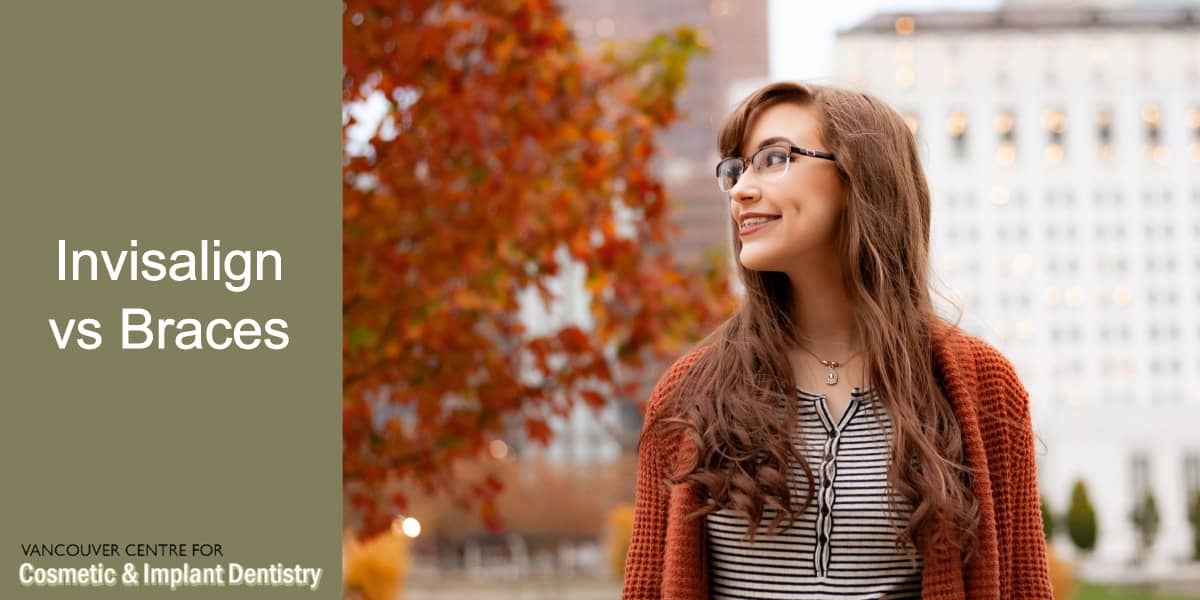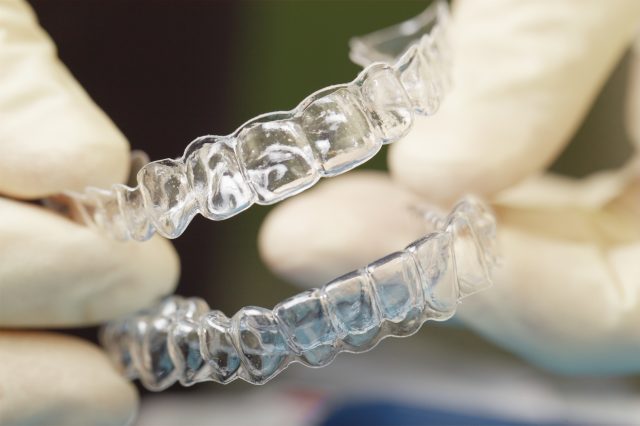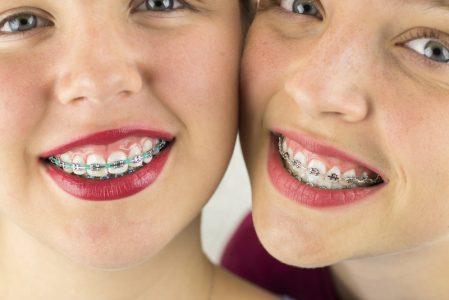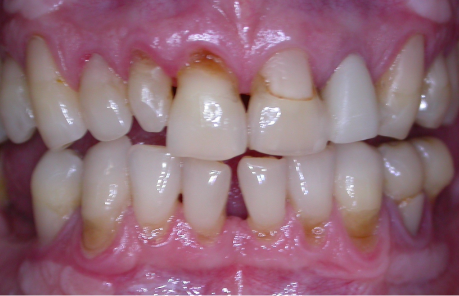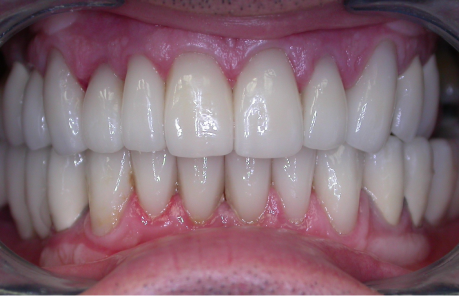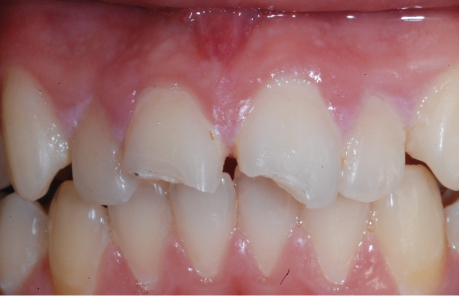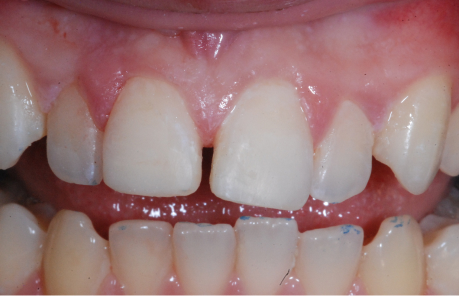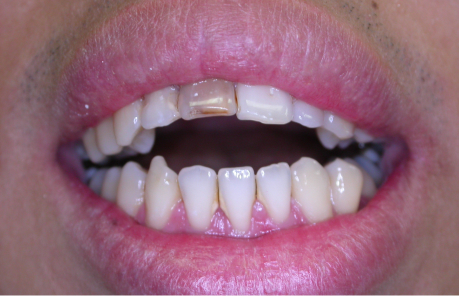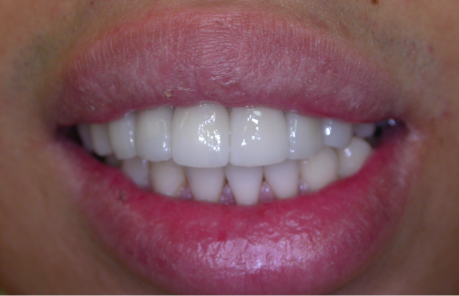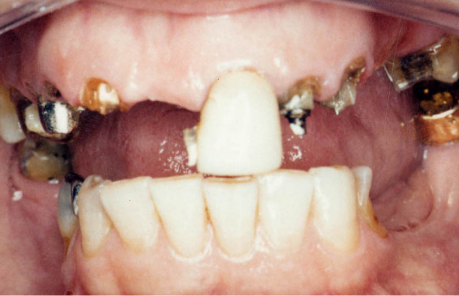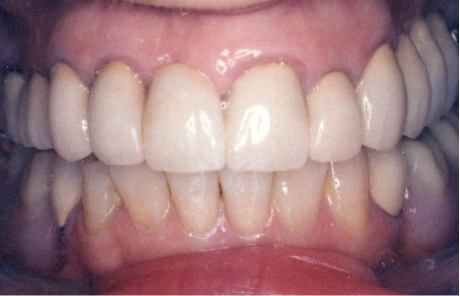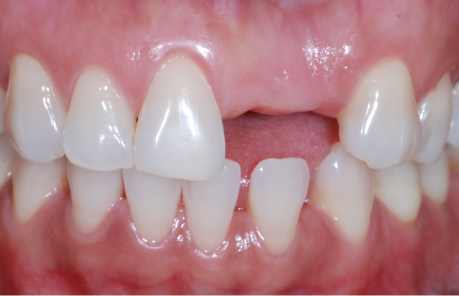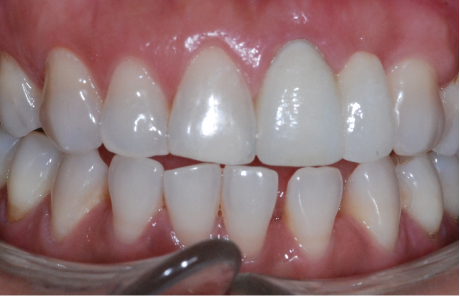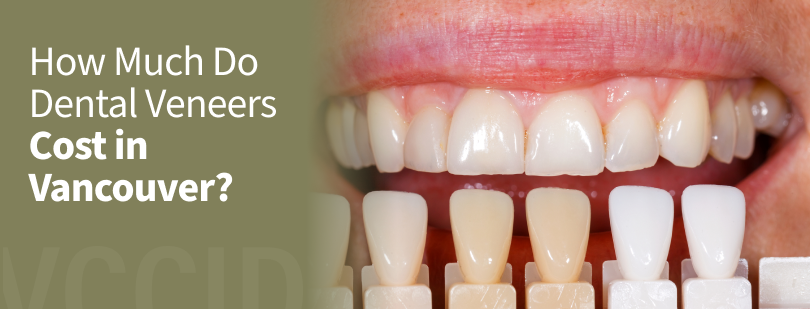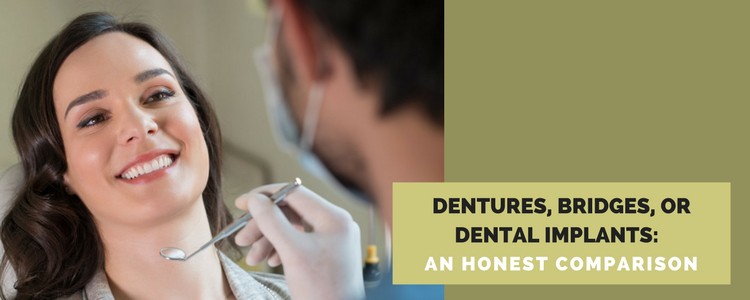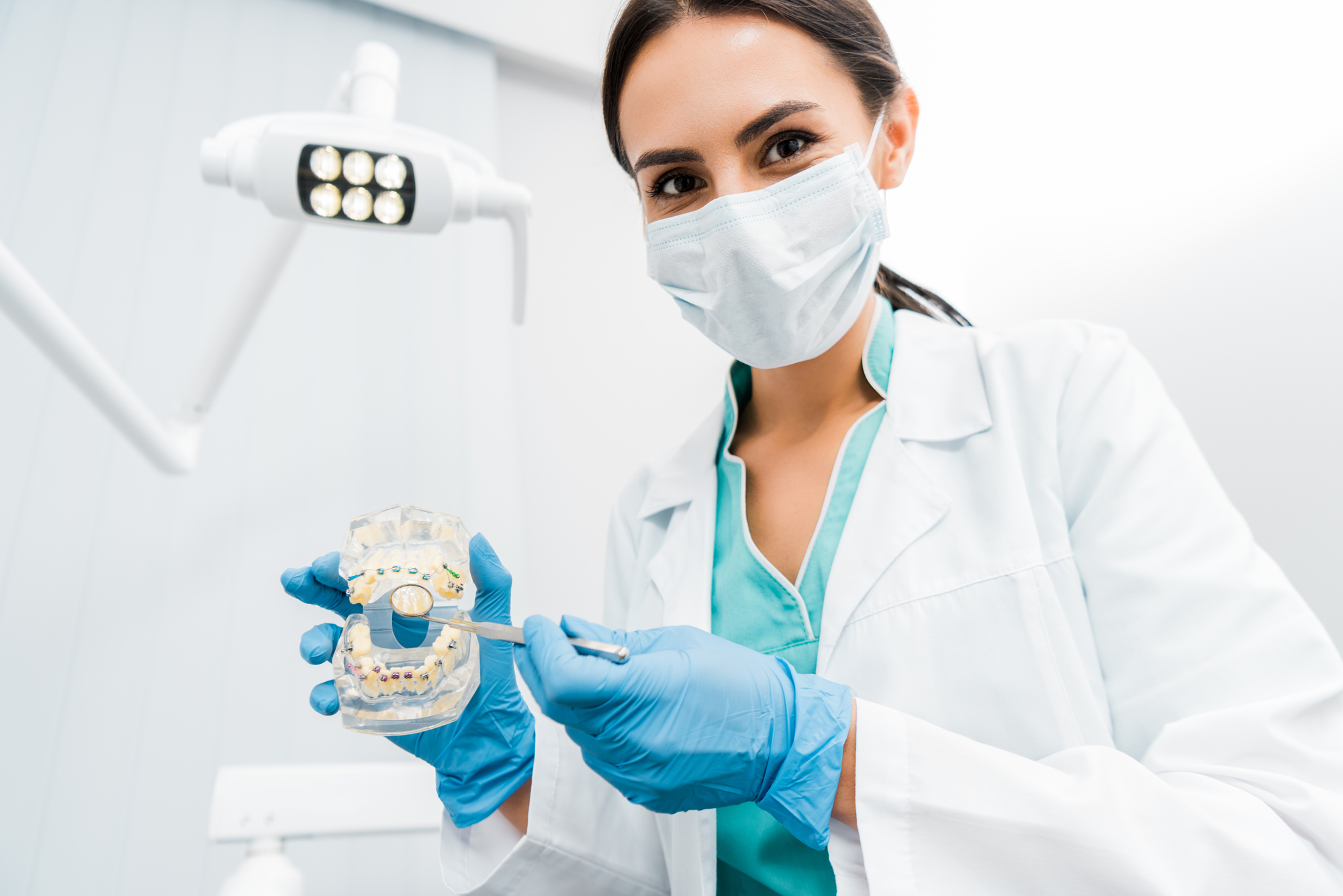If you have less-than-perfect teeth, you’re not alone. Millions of people around the world currently have braces or Invisalign – and that includes adults, who make up roughly a quarter of all people who receive orthodontic treatment.
With more options than ever coming into the scene, the chances are higher that you’ll find a straightening option that’s perfect for your orthodontic needs.
For a long time, the go-to option for everyone was to get traditional metal braces. They give great results, which is why they’re still a trusted orthodontic solution even today.
But the spectrum of tooth correction requirements is broad. What are the people with only minor cosmetic needs to do? Medical professionals have come up with excellent alternatives for smiles that don’t need to go through such invasive measures to look straight and aligned. One of these methods is Invisalign.
Invisalign and braces are the two most common forms of tooth alignment in the dental industry today. So Invisalign vs braces? Both treatments are highly successful at creating a healthy smile, however, these two treatments have several key differences.
Invisalign
This treatment method involves wearing a series of plastic molds, which are called aligners. Over the course of your treatment, a series of aligners will continually shape your teeth into its ultimate “corrected” form.
To create these aligners, impressions are taken of your teeth and mouth to create a mold or model. From this mold, your orthodontist will create your first aligner.
This aligner will be close to your original shape of teeth but with slight adjustments that are meant to steer your teeth where they should go. Therefore, when you first put it on, it will feel a little tight.
Then, you’ll receive new aligners at subsequent visits until your teeth are straight. The aligners are made tighter with each set and eventually, they work to align your smile.
Each retainer has a specific tooth movement programmed into its design to move your teeth into proper alignment.
From this point, you’ll receive a retainer that you’ll wear for a prescribed amount of time until your teeth are permanently set. The Invisalign treatment timeline can vary but in general, it can take 10-24 months to fully align the teeth. There are several different pros and cons to Invisalign treatment:
Pros of Invisalign
- Invisalign uses clear aligners to move teeth into place
- The aligners are nearly invisible when you smile
- Aligners are easily removed for proper tooth cleaning
- Invisalign is comfortable, there is no intrusive metal in your mouth
- You can eat what you want – there are no food restrictions
Cons of Invisalign
- Aligners must be removed before eating
- Treatment requires discipline as aligners can be removed
- Not as effective for cases that require extensive tooth re-adjustment
Essentially, Invisalign is a modern, low profile way to straighten your teeth. It has a relatively fast treatment time and gives you the freedom to eat what you want, while still aligning your teeth.
It’s also less expensive than most people think. When people ask us about the cost of Invisalign is in Metro Vancouver, they usually expect to hear that it’s significantly more expensive than traditional braces, but the two options are generally quite similar in price.
Overall it’s an excellent option for kids, teens, and adults who are looking to straighten their teeth but avoid the visible metal needed with braces. When we consider Invisalign vs braces, Invisalign certainly is more aesthetically pleasing and is excellent for anyone needing orthodontic work.
Braces
Braces are among the oldest orthodontic correction procedures and they are still the most common form of tooth alignment.
Getting braces is a fairly straightforward procedure. They mainly entail gluing brackets on your teeth and securing them with a wire that attaches to the metal brackets on your teeth. Over the course of your treatment, your orthodontist will tighten and adjust the wires to move your teeth into place.
You’ll see your orthodontist regularly to get your wires changed which will direct the course of your tooth correction. At the end of your treatment, you should have your teeth align
ed to where you want them to be. You’ll then receive a retainer and wear it for a prescribed amount of time until y
our teeth are stable in their new position.
Braces are highly effective, however, they can take longer than Invisalign treatments. You will likely have to wear braces for a minimum of one year, with 1-3 years of braces being a common timeline. Everyone’s smile is different and the amount of time needed for braces depends on the amount of straightening and movement required.
Pros of Braces
- Functional and efficient, they are a popular form of alignment
- They are very effective for even complex orthodontic cases
- There are multiple different types of braces for a variety of treatment needs.
Cons of Braces
- The visible metal makes them less aesthetically pleasing
- They can be difficult to clean
- There are food restrictions with braces
- They can be uncomfortable and take some getting used to
They have stood the test of time and they are still a very common and highly effective form of tooth alignment. Braces can resolve a wider variety of orthodontic misalignments and are the only option for cases of severely misaligned teeth. It’s not always a matter of Invisalign vs braces, rather, it’s the problems thet solve for your specific case. Learn more about braces and other orthodontic treatment options offered at VCCID.
Questions to Ask When Considering Invisalign or Braces
So which one should you get? Here are a few questions you can ask yourself that will help steer you in the right direction.
Do you have gaps or crooked teeth without any other issues?
- Yes: Either braces or Invisalign can work for you, but Invisalign would be a less-invasive option for you.
Do you have crooked teeth and gaps WITH bite issues like overbite, crossbite, or underbite?
- Yes: You’ll benefit the most from traditional braces, and here’s why. With braces, you can take advantage of more efficient appliances that can fix these more dramatic imperfections. Invisalign can’t do these things.
Do you have severely crowded teeth?
- Yes: Traditional braces will be better you since your dentist can create room in your mouth with tooth extractions, palate expanders, and manipulating the wires and brackets of traditional braces to your teeth’s advantage.
The bottom line is that more complicated problems like bite issues and severe crowding are best resolved using braces, whereas simpler issues can be fixed with Invisalign. The best way to find out if either option is suitable for you would be to meet with one of our dentists to diagnose your bite/alignment issues and review your options.
Contact VCCID And Learn More
If there’s one major thing that you should take away from this article, it’s that braces and Invisalign are both effective treatments. It’s not so much that one is automatically better than the other; rather, it’s a person’s individual health and lifestyle circumstances that determine which treatment is better suited to their needs.
Here at VCCID, we currently focus exclusively on Invisalign for orthodontic treatments, as it provides the flexibility and convenience that most of our patients are looking for. If you’d like to find out whether it can work to realign your smile, schedule a consultation with us. We’ll walk you through all your options after assessing your situation and give you honest feedback about your dental needs.
